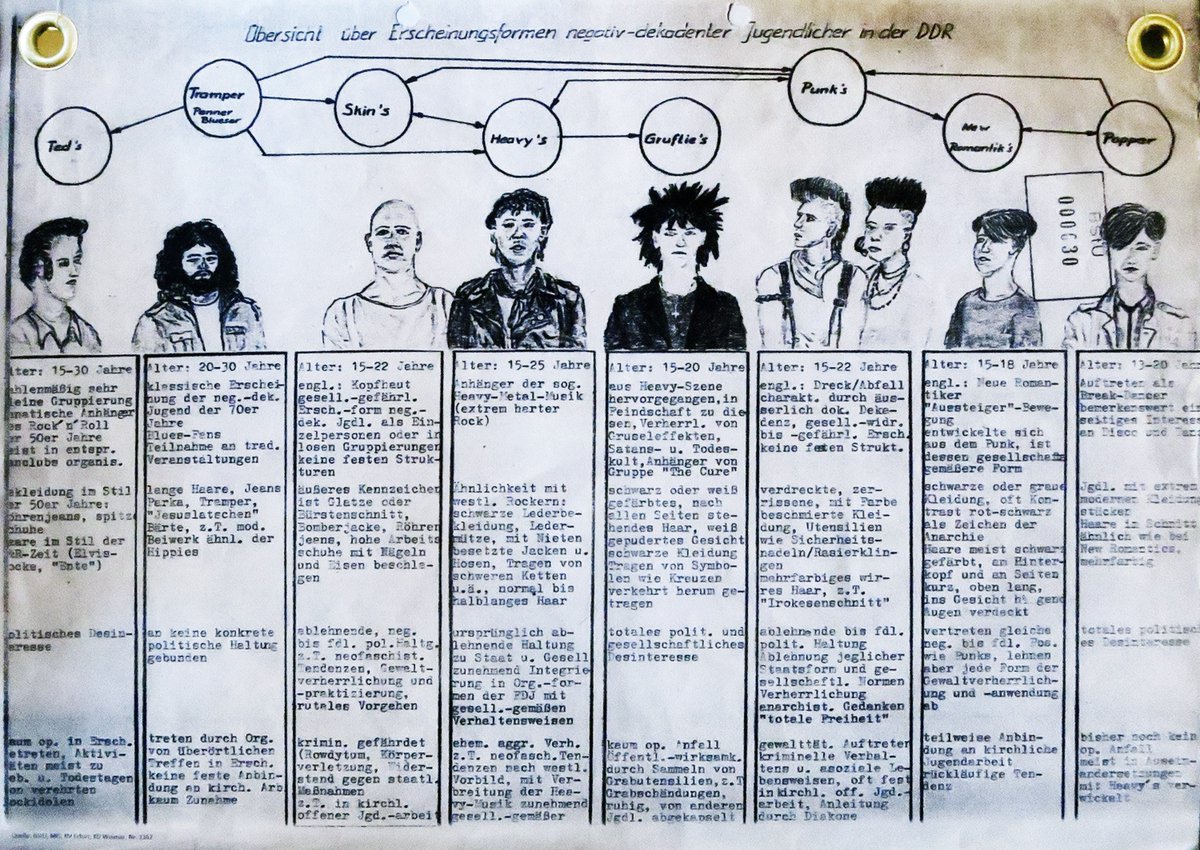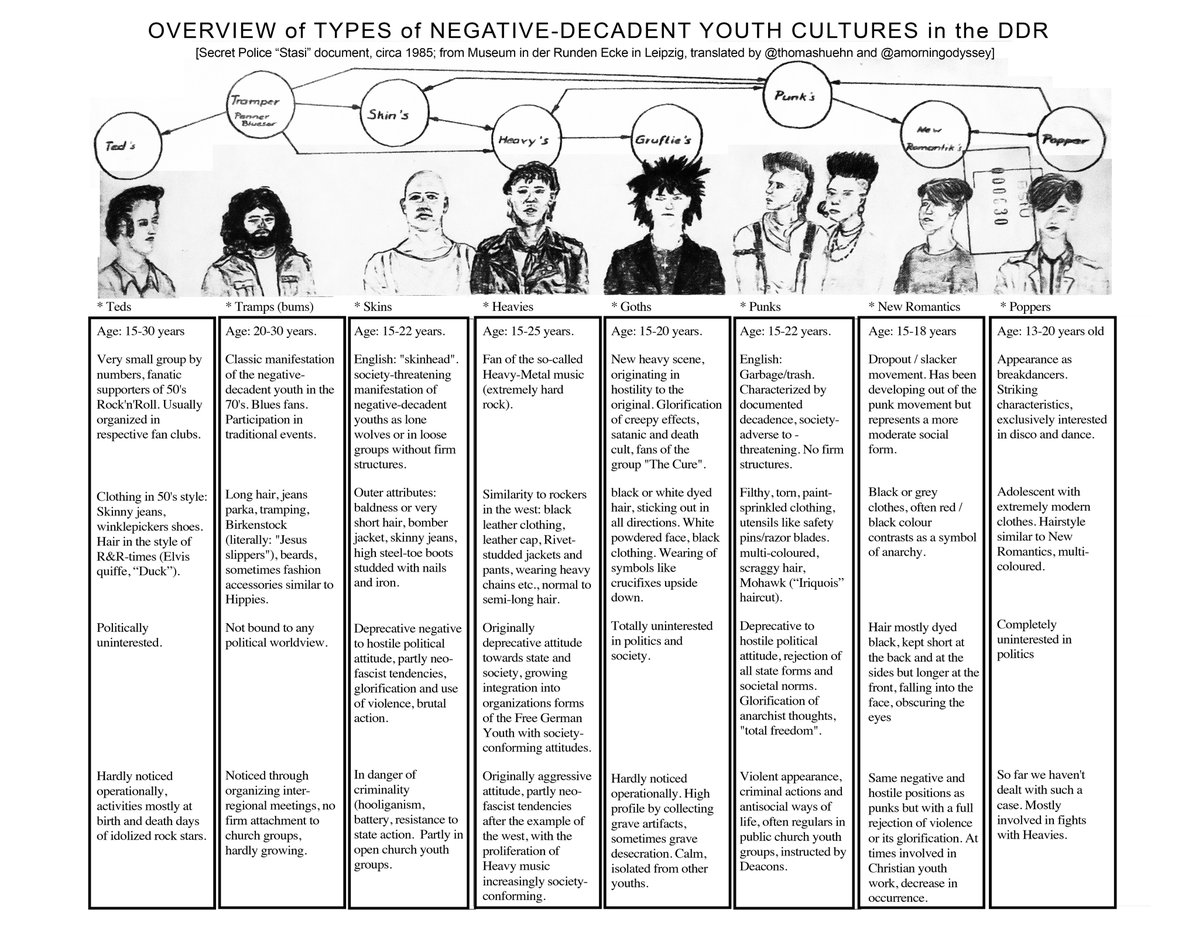[Most Recent Entries] [Calendar View]
Thursday, February 7th, 2019
| Time | Event |
| 8:21a | The Sex Pistols’ Sid Vicious Sings Frank Sinatra’s “My Way”: Is Nothing Sacred? In the great garden of forking paths and alternative timelines there are two other versions of The Great Rock n’ Roll Swindle that Julian Temple never directed. One would have been directed by Graham Chapman of Monty Python fame, but “he behaved gloriously badly to Malcolm (McLaren)” according to John Lydon many years later. The other was to be written by film critic Roger Ebert and directed by buxom beauty lover Russ Meyer (who Lydon called "shabby” and “a senile old git.”) But you do have to wonder what the hell either of those films might have been like. Would either of them contained the above classic scene--probably the only scene worth the price of admission--where Sid Vicious both murders the classic “My Way” and several rich people in the front row. Killing sacred cows has long been a part of the West’s sense of humor, long before punk. Spike Jones and his City Slickers regularly destroyed classic warhorses like The Blue Danube and The Nutcracker. The Bonzo Dog Band in the UK took on "The Sound of Music" and left no survivors. And the Residents lovingly destroyed pop music of the ‘60s on Third Reich ‘n’ Roll and their cover of the Rolling Stones’ “Satisfaction.” When it comes to pop culture, nothing is sacred. Not even Frank Sinatra. By the time Temple joined the McLaren’s film project, Lydon was not speaking to his manager. And when they got close to shooting the “My Way” sequence in Paris, Sid Vicious didn’t want to take part. Julien Temple remembered:
Now, that might have been a more interesting scene than the theater massacre, but who knows? McLaren wanted everything in the film to be bigger than life and to his credit, this pummeling of a cover--which had a second life as the ending song to Martin Scorsese’s GoodFellas--is still a proper two-finger salute. But in a twist, it would be Sid Vicious and the flame of British punk that would be quickly snuffed out upon its release. Vicious died February 2, 1979. Follow Open Culture on Facebook and Twitter and share intelligent media with your friends. Or better yet, sign up for our daily email and get a daily dose of Open Culture in your inbox. If you'd like to support Open Culture and our mission, please consider making a donation to our site. It's hard to rely 100% on ads, and your contributions will help us provide the best free cultural and educational materials. Related Content: Ted Mills is a freelance writer on the arts who currently hosts the artist interview-based FunkZone Podcast and is the producer of KCRW's Curious Coast. You can also follow him on Twitter at @tedmills, read his other arts writing at tedmills.com and/or watch his films here. The Sex Pistols’ Sid Vicious Sings Frank Sinatra’s “My Way”: Is Nothing Sacred? is a post from: Open Culture. Follow us on Facebook, Twitter, and Google Plus, or get our Daily Email. And don't miss our big collections of Free Online Courses, Free Online Movies, Free eBooks, Free Audio Books, Free Foreign Language Lessons, and MOOCs. |
| 9:00a | The East German Secret Police’s Illustrated Guide for Identifying Youth Subcultures: Punks, Goths, Teds & More (1985)
Ask Germans who lived under the German Democratic Republic what they feared most in those days, and they'll likely say the agents of the Ministry for State Security, best known as the Stasi. Ask those same Germans what they laughed at most in those days, and they may well give the same answer. As one of the most thoroughly repressive secret police forces in human history, the Stasi kept a close eye and a tight grip on East German society: as one oft-told joke goes, "Why do Stasi officers make such good taxi drivers? You get in the car and they already know your name and where you live." But this fearsome vigilance went hand-in-hand with technological limitation as well as plain ineptitude: "How can you tell that the Stasi has bugged your apartment?" another joke asks. "There's a new cabinet in it and a trailer with a generator in the street." When the Stasi turned this kind of crude but intense scrutiny to certain aspects of life, the results almost satirized themselves. Take, for instance, this circa-1985 internal guide used to identify the "types of negative decadent youth cultures in the German Democratic Republic," posted on Twitter by musician and writer S. Alexander Reed and later translated into English by a few of his followers. The chart breaks down the supposedly decadent youth cultures of mid-1980s East Germany into eight groups, describing their interests, appearance, political inclinations, and activities in the columns below. The rock-and-roll-oriented "Teds," dressed in a "50s style," don't seem to rouse themselves for anything besides "birth and death days of idolized rock stars." The "Tramps," a "classic manifestation of the negative-decadent youth in the 70s," adhere to the trends of a somewhat more recent era.
The fans of "extremely hard rock" known as "Heavies" once held a "deprecative attitude towards state and society," but seemed at the time to become "increasingly society-conforming." Other youth cultures considered decadent by the Stasi bore labels that might still sound familiar across the world. The "Goths," a "satanic and death cult," are noted for their "glorification of creepy effects" and for being "fans of the group The Cure." Though they may have been "hardly noticed operationally," the "punks" presented a more clear and present threat, what with their "deprecative to hostile political attitude, rejection of all state forms and societal norms," "anarchist thoughts," and belief in "total freedom." You can see the chart in a larger size here, and if you'd like to examine the real thing, you have only to visit Leipzig's Museum in der Runden Ecke (or view it online here). The document resides in its collection of the tools of the Stasi trade, including, in the words of Atlas Obscura, "old surveillance cameras, collections of confiscated personal letters, and crisp uniforms letting visitors get a glimpse into the world of brutal state espionage." Germans who remember all the power the Stasi could potentially wield over their lives — a power, for all they knew, about to descend on them any moment — must still feel a chill upon seeing one of those crisp uniforms. Now we know that their wearers might, upon laying eyes on Birkenstocks ("literally: 'Jesus slippers'"), red and black worn together ("contrasts as a symbol of anarchy"), or a mohawk (or "Iriquois") haircut, have felt apprehensive themselves. Related Content: Bruce Springsteen Plays East Berlin in 1988: I’m Not Here For Any Government. I’ve Come to Play Rock Soviets Bootlegged Western Pop Music on Discarded X-Rays: Hear Original Audio Samples The Nazis’ 10 Control-Freak Rules for Jazz Performers: A Strange List from World War II The Nazis' Philistine Grudge Against Abstract Art and The “Degenerate Art Exhibition” of 1937 1980s Metalhead Kids Are All Right: New Study Suggests They Became Well-Adjusted Adults Based in Seoul, Colin Marshall writes and broadcasts on cities, language, and culture. His projects include the book The Stateless City: a Walk through 21st-Century Los Angeles and the video series The City in Cinema. Follow him on Twitter at @colinmarshall or on Facebook. The East German Secret Police’s Illustrated Guide for Identifying Youth Subcultures: Punks, Goths, Teds & More (1985) is a post from: Open Culture. Follow us on Facebook, Twitter, and Google Plus, or get our Daily Email. And don't miss our big collections of Free Online Courses, Free Online Movies, Free eBooks, Free Audio Books, Free Foreign Language Lessons, and MOOCs. |
| 9:00p | In the 1920s America, Jazz Music Was Considered Harmful to Human Health, the Cause of “Neurasthenia,” “Perpetually Jerking Jaws” & More These are some interesting stories about the Nazis and jazz, including one about a very bad jazz propaganda band created by Goebbels himself. But we need not mention these at all, or even leave the shores of jazz’s birthplace to find examples of extreme reactions to jazz by authoritarian figures who hated and feared it for exactly the same reasons as the Nazis. Chief among such American enemies of jazz was raging anti-Semite Henry Ford, who feared that jazz was, you guessed it, a Jewish plot to infect the country with racially inferior “musical slush." Ford used white country music and square dancing in public schools as weapons of warfare against jazz in the 1920s, thereby displacing blackface minstrelsy as the dominant form of paranoid response to black music in middle America. Another crusader, Harry Anslinger, commissioner of the Federal Bureau of Narcotics between 1930 and 1962, more or less invented the war on drugs with his reefer madness war on jazz. He said it sounded like “the jungles in the dead of night” and could “lure white women.” Anslinger relentlessly persecuted Billie Holiday and went after Thelonious Monk, Dizzy Gillespie, Duke Ellington, and Louis Armstrong. It was within this early 20th century milieu that other institutional powers—some of the country’s most powerful—declared a war on jazz for supposed reasons of public health. (A movement, incidentally, given to an enthusiasm for eugenics and forced sterilization at the time.) Historian Russell L. Johnson has documented this campaign in the journal Health and History, and Jessie Wright-Mendoza describes many of his findings at JStor Daily.
Jazz was "unrhythmical," opponents argued, and so was disease. Q.E.D. In 1923, the Illinois Supreme Court upheld a ruling that shut down a jazz club, citing in their opinion a belief the music “wears upon the nervous system and produces that feeling which we call ‘tired.’” Doctors warned that too much jazz could cause neurasthenia, a catch-all for anxiety, depression, headaches, fatigue, etc. But jazz could also cause patients to become “nervous and fidgety” with “perpetually jerking jaws.” Whatever it did, jazz was hazardous. Oddly, just as in the Nazi’s fervent attempts to control jazz, as Czech writer Josef Skvorecky once described it, and as in Joseph Goebbels attempts to co-opt the music for white supremacy, the architects of America's jazz panic found the remedy for jazz in jazz. But segregated jazz. They turned “hot jazz” into “sweet jazz,” a style “interpreted by mainly white musicians to appeal to a wider commercial audience.” It hardly needs to be said that anyone really afflicted with a passion for jazz ignored this prescription, as did every jazz musician worth listening to. Read more about Johnson’s history of the American fear of jazz at JStor Daily. Related Content: How “America’s First Drug Czar” Waged War Against Billie Holiday and Other Jazz Legends Hear the Nazi’s Bizzaro Propaganda Jazz Band, “Charlie and His Orchestra” (1940-1943) The Nazis’ 10 Control-Freak Rules for Jazz Performers: A Strange List from World War II Josh Jones is a writer and musician based in Durham, NC. Follow him at @jdmagness In the 1920s America, Jazz Music Was Considered Harmful to Human Health, the Cause of “Neurasthenia,” “Perpetually Jerking Jaws” & More is a post from: Open Culture. Follow us on Facebook, Twitter, and Google Plus, or get our Daily Email. And don't miss our big collections of Free Online Courses, Free Online Movies, Free eBooks, Free Audio Books, Free Foreign Language Lessons, and MOOCs. |
| << Previous Day |
2019/02/07 [Calendar] |
Next Day >> |



